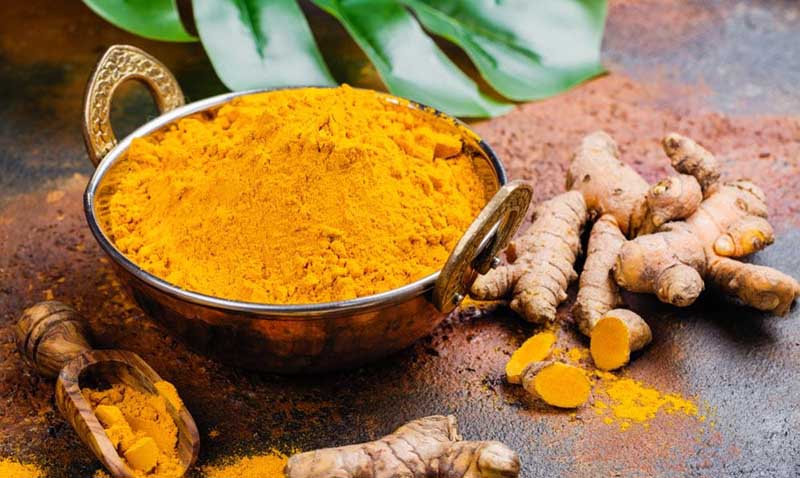1.Talent researchers
1.1. Dr. Pham Tran Vinh Phu
Pham Tran Vinh Phu graduated BSc in 2007 on Biotechnology Engineering from Danang University of Technology-Vietnam and PhD in Biomedical Sciences in 2018 at University of Tsukuba, Japan with Molecular Virology group. Then, I worked as a scientist researcher at the same place until 2019. During 5 years in Japan, I was mainly focusing on mechanism of human adaptation of avian influenza viruses. I started working as a teaching assistance in the Department of Biotechnology, Faculty of Chemical Engineering, Danang University of Technology. Until 2019, I moved to Department of Biomedical Sciences, VN-UK Institute for Research and Executive Education (VNUK), the University of Danang. In here, I was working as a lecturer and a scientist researcher during one year. At the present, I am the Vice Dean of Faculty of Medicine, Dong A University, Vietnam. My research interests are the biotechnological applications, infectious diseases, and human health as well as environmental aspects.
1.2. Dr. Le Ngoc Quang
Quang Ngoc Le has a BA in Vietnamese Studies (Culture and Tourism) and MEd in Leadership and Management from Quang Nam University, Vietnam and National Chung Cheng University, Taiwan R.O.C respectively. He served the Danish Refugee Council/Danish Demining Group in Vietnam with the roles being Information Management as well as Training Facilitator. Since 2017, he has been working in roles of advisor and knowledge officer in both Vietnam and Thailand. He was awared Ph.D in Information Studies at Khon Kaen University, Thailand in 2021. His research interests are knowledge sharing, knowledge needs, and knowledge management in the non-profit sector.
2. Research projects
2.1. Building a short supply chain model for agricultural products in Dak Lak province, Vietnam
Professor Hoa Huu Lan of Dong A University's Department of Scientific Management is leading the project. The goal of this research project is to develop a short supply chain application framework for providing the products and to evaluate the production and distribution of three current key products. Then, in Dak Lak province, put your theories into reality by developing and evaluating three distinctive short supply chain models for agricultural products. Furthermore, the project offers solutions and recommendations for achieving good implementation results in Dak Lak province
2.2. Development of a Capillary Electrophoretic Method for the Determination of Huperzine A Concentration in Vietnamese Huperzia serrata
Huperzine A, isolated from Huperzia serrata, is a potent, specific, and reversible inhibitor of acetylcholinesterase with high efficiency and low toxicity. To evaluate the presence of huperzine A in Vietnamese H serrata, a reliable capillary zone electrophoresis method was developed. The analytical conditions were established using 80 mM ammonium acetate buffer, pH 6.0, hydrodynamic injection at 50 mbar for 5 s, applied voltage of 20 kV, temperature at 25 °C, uncoated fused-silica capillary, 56 cm (50 cm effective length) × 70 µm inner diameter, and ultraviolet detection at 310 nm. The recovery rates ranged from 98.05% to 100.64%, with a relative standard deviation <2%. Good linear regression was observed in the concentration range of 1 to 500 µg/mL, with a correlation coefficient of 0.9994. The limit of detection and limit of quantification were 0.33 and 1.0 µg/mL, respectively. These results demonstrate that this method is simple, selective, and suitable for performing quality control for huperzine A derived from Vietnamese H serrata.
2.3. On the Inhibitability of Natural Products Isolated from Tetradium ruticarpum towards Tyrosine Phosphatase 1B and α-Glucosidase
Mr. Tran Manh Hung, the head of the scientific management department, led the study effort, which aimed to discover natural compounds that may be used to cure diabetes. The initiative is praised for its relevance and urgency in today's society. The results showed that two natural compounds derived from the plant Tetradium ruticarpum have strong inhibitory ability on tyrosine phosphatase 1B (PTP1B) and α-glucosidase enzymes - two enzymes that play an important role in the treatment of diseases. type 2 diabetes.
3. News from researchers/projects
3.1. Study on extracting and isolating curcumin, oil from residues of turmeric starch production from some yellow turmeric varieties in Quang Nam province
Ms. Nguyen Thi Anh Dao, Rector of Dong A University, is in charge of the project. Scientifically, research is valued and used in the production of local products. According to the findings, yellow turmeric cultivars with high amounts of Curcuminoids in Quang Nam province are ideal as raw materials for the manufacturing of turmeric starch, Curcumin, and turmeric oil. Then, from residues of turmeric starch manufacturing from Yellow Turmeric in Quang Nam province, extracting and isolating Curcumin with a 95% content and turmeric oil were conducted.

Source: nguyenlieuyduoc.com.vn
The project will be completed and tested on fruit in 2022, according to the plan. This is a project that has the potential to bring new healthy products to market as well as open up new economic opportunities.
3.2. Analyses and evaluation the antibacterial activity of extracts from leaves of Ampelopsis cantoniensis and Cleistocalyx operculatus with adjuvant applications in the treatment of patients with skin infections.
Dr. Pham Tran Vinh Phu, Associate Professor of Medicine at Dong A University, conducted the research with the goal of analyzing and evaluating the antibacterial activity of extracts from Ampelopsis cantoniensis and Cleistocalyx operculatus leaves as adjuvants in the treatment of patients with skin infections.
The study below is being carried out in collaboration with the Danang Department of Science and Technology and will be finished in 2022.